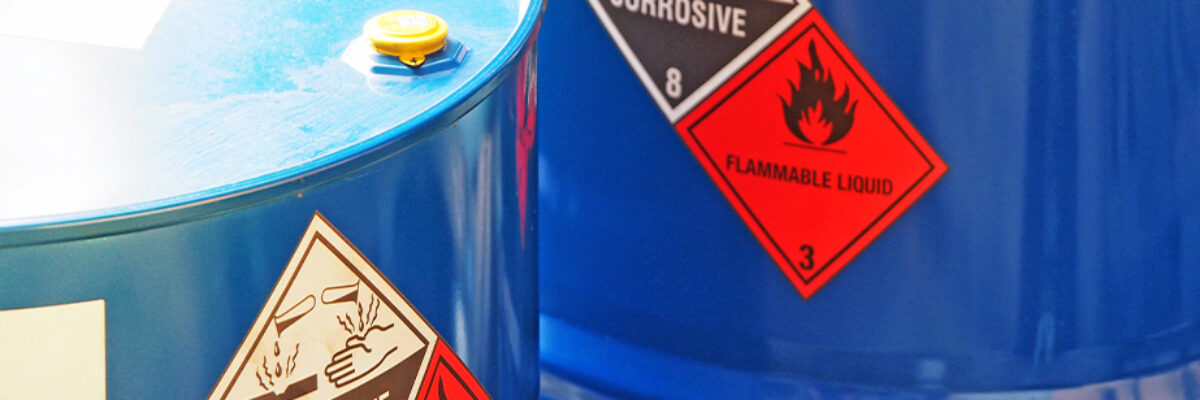By Mabelle Wongsanguan
It has been almost three years since the United States Environmental Protection Agency (EPA) unveiled the Generator Improvement Rule (GIR). In California, an EPA ‘authorized state,’ the Department of Toxic Substances and Control (DTSC) is the authorized agency responsible for adopting the rule within the state. The DTSC is required to adopt the more stringent provisions of the GIR but has the option whether to adopt the less stringent provisions. In ‘federally run’ states such as Alaska and Iowa the GIR was effective immediately.
The GIR is designed to improve the readability of hazardous waste generator regulations and increase flexibility. The following information focuses on aspects of the GIR that are more stringent than current hazardous waste regulations in California, which California would be required to adopt.
The GIR separated Small Quantity Generators (SQG), Large Quantity Generators (LQG), and satellite accumulation areas rules into three new sections. Very Small Quantity Generator (VSQG), formerly Conditionally Exempt Small Quantity Generator (CESQG), rules were integrated. Segments of 40 CFR 265 Interim Status Standards for Owners and Operators of hazardous waste treatment, storage, and disposal facilities, which were cross-referenced, are now integrated into the GIR.
The method in determining the category of a hazardous waste generator has been modified. Acute waste is now counted separately from non-acute waste. Both categories of waste are then compared to the table below, and the more stringent category will apply to the entire facility’s hazardous waste. Prior to the GIR, a facility could be in two different categories for the different types of waste.

Under the GIR, satellite accumulation areas (SACs) must now meet generator-specific emergency preparedness and planning requirements. The requirements can be found in 40 CFR 262.16(b)(8) for SQG, and 40 CFR262, Subpart M for LQG.
SQGs must re-notify by September 1 every four years beginning in 2021 using form 8700-12. LQGs of RCRA hazardous waste must re-notify by March 1 of even-numbered years and can be done as part of a biennial report. Generators meeting the LQG of RCRA hazardous waste threshold for at least one month of the reporting year must now report their hazardous waste generation activities for the entire year.
Both LQGs and SQGs must be able to demonstrate, using inventory logs, monitoring equipment or other records, that hazardous waste has been emptied from tanks, drip pads, or containment buildings. The records must be maintained on site and be readily available for inspection.


